Description
Ginkgo Nut
Ginkgo nuts come from the Ginkgo biloba tree, one of the oldest tree species on Earth (over 200 million years old, often called a “living fossil”). The tree produces yellow-orange fruits that contain the edible seed (the ginkgo “nut”).
- The fruit’s outer layer smells very unpleasant (like rancid butter or vomit) because it contains butyric acid.
- The seed/nut inside is edible when cooked, but raw ginkgo nuts can be toxic due to a compound called 4’-O-methylpyridoxine (MPN), which can cause poisoning if consumed in excess.
Culinary Uses
- Popular in East Asian cuisine, especially in China, Japan, and Korea.
- Used in:
- Chinese congee (rice porridge).
- Japanese chawanmushi (savory egg custard).
- Korean dishes like stir-fries and stews.
- Texture: soft, slightly chewy, with a mildly bitter, nutty flavor.
Health & Nutrition
- Contain small amounts of protein, starch, and antioxidants.
- Traditionally believed to aid digestion, improve circulation, and support respiratory health.
- Must be eaten in moderation (safe limit is usually a few nuts per serving).
Fun Facts
- Ginkgo trees can live over 1,000 years.
- In Japan, ginkgo leaves are a symbol of Tokyo.
- During WWII, some ginkgo trees near Hiroshima survived the atomic blast and are still alive today.
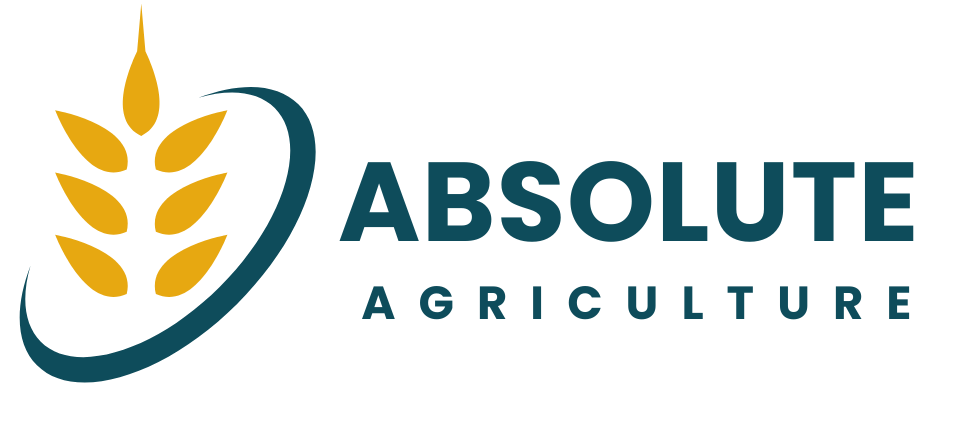

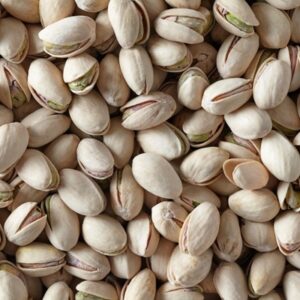
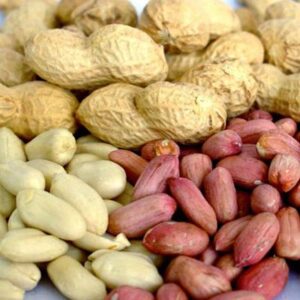
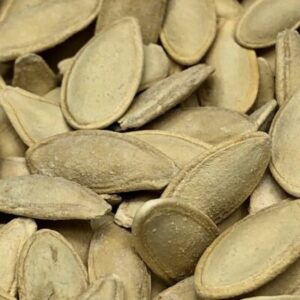
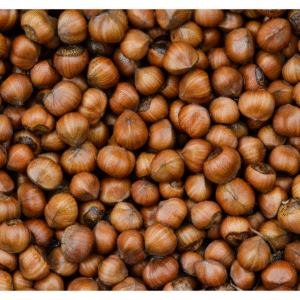

Reviews
There are no reviews yet.